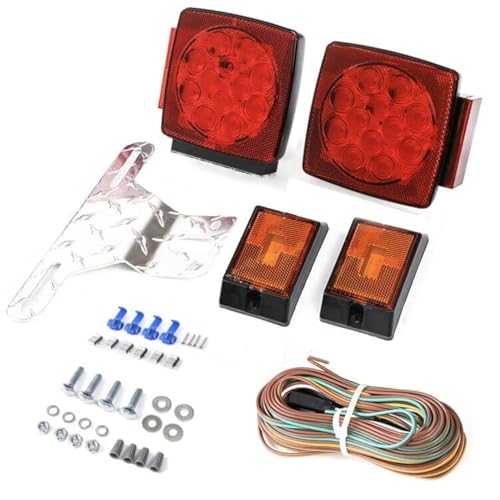Douglasdzaster
Well-known member
- Joined
- Sep 19, 2020
- Messages
- 783
- Reaction score
- 469
- Location
- Smithville,Texas
- LOCATION
- Smithville, Texas
Hello again everyone,here’s what I got.
In August I changed the gear oil in the lower unit. I noticed a little water in it and freaked out of course. I remember I didn’t install new washers (like Yamaha says to)the last time I did it. So I used the boat a few trips then opened the drain to se if I had water and drained out quite a bit of gear lube and no water. So I chalked it up to the washers.
I finally got around to cleaning up the power head with all the dead bugs after Sundays night fishing I had posted about.
I degreased and washed the power head down then after a few minutes in the sun and drying it off I wanted to run it to flush it and warm it up so it would finish drying.
I have a plastic drum that I cut down some and by lowering the trailer jack I squeeze it under the outboard then raise the jack back up and it’s in plenty of water. I also leave a hose running in the barrel so it’s always getting fresh water. Only run it this way 10 minutes at the most.
After it was done I removed the drum and let the motor cool down then treated the power head with a corrosion inhibitor and detailed it.
While wiping down the lower unit I noticed what’s in the picture I am posting.
First I said the seals are out behind the prop. This was coming from between the prop and the case. But then I realized it looked more like mud instead of gear oil with water in it.
I wandered if beaching the boat that night had something to do with it. When I tried backing off maybe I sucked in some mud or something?
It was dark by now so tomorrow I’ll pull the prop and take a look then drain some gear lube to check for water.
Meanwhile I wanted to see if anyone recognize what’s running down the scag. I wiped it off first but it was still oozing out so I took this picture.
 the camera makes it look more like oil but it is very thick looks like mud or sludge and I use blue gear oil.
the camera makes it look more like oil but it is very thick looks like mud or sludge and I use blue gear oil.
In August I changed the gear oil in the lower unit. I noticed a little water in it and freaked out of course. I remember I didn’t install new washers (like Yamaha says to)the last time I did it. So I used the boat a few trips then opened the drain to se if I had water and drained out quite a bit of gear lube and no water. So I chalked it up to the washers.
I finally got around to cleaning up the power head with all the dead bugs after Sundays night fishing I had posted about.
I degreased and washed the power head down then after a few minutes in the sun and drying it off I wanted to run it to flush it and warm it up so it would finish drying.
I have a plastic drum that I cut down some and by lowering the trailer jack I squeeze it under the outboard then raise the jack back up and it’s in plenty of water. I also leave a hose running in the barrel so it’s always getting fresh water. Only run it this way 10 minutes at the most.
After it was done I removed the drum and let the motor cool down then treated the power head with a corrosion inhibitor and detailed it.
While wiping down the lower unit I noticed what’s in the picture I am posting.
First I said the seals are out behind the prop. This was coming from between the prop and the case. But then I realized it looked more like mud instead of gear oil with water in it.
I wandered if beaching the boat that night had something to do with it. When I tried backing off maybe I sucked in some mud or something?
It was dark by now so tomorrow I’ll pull the prop and take a look then drain some gear lube to check for water.
Meanwhile I wanted to see if anyone recognize what’s running down the scag. I wiped it off first but it was still oozing out so I took this picture.
 the camera makes it look more like oil but it is very thick looks like mud or sludge and I use blue gear oil.
the camera makes it look more like oil but it is very thick looks like mud or sludge and I use blue gear oil.






























































